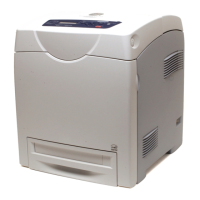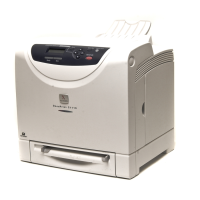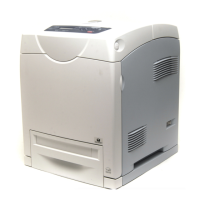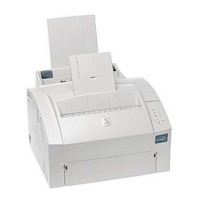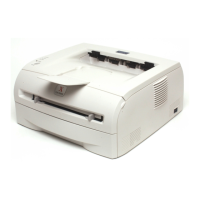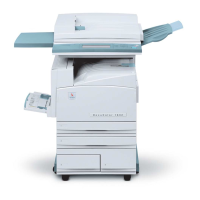308 A Appendix
[Parallel interface]
A data transmission system between a computer and peripherals. It allows simultaneous
transmission of multiple bits of data. One of the most popular parallel interfaces is a
Centronics-type, which is used commonly to connect a computer to a printer.
[PDF file]
In this guide, any online document created with Acrobat (software developed by Adobe
Systems) is called a “PDF file”. Adobe Reader software must be installed on a computer in
order to view PDF file contents.
[Port]
A connection point that allows exchange of information between a computer and its
peripherals.
[Port9100]
A network communication protocol for transmitting data on Windows 2000, Windows XP,
Windows Vista, and Windows Server 2003.
This protocol can be used on the standard TCP/IP port monitor.
[ppm]
A measurement that shows how many pages the printer is capable of printing in one minute.
[Printable area]
The area on paper which can be printed.
[Print Driver]
Software that translates data created with an application into a format the printer can read
and print.
[Print page buffer]
Location for actual expansion and accumulation of print data.
[Print Ticket]
Print setting related information, including XPS files created by Windows Vista applications.
[Protocol]
A set of rules for communication between multiple devices and computer systems. These
rules define the procedures for transmitting information between hardware devices, and
between two computers over a network.
[Receive buffer]
A location for temporary storage of data sent from a computer. Adding memory to increase
the size of the receive buffer makes the computer available more quickly when data is sent.
[Resolution]
Indicates the detail of an image. The quality of detail of an image normally is represented
by dots per inch (dpi). The higher the dpi, the higher the resolution.
[Server]
A computer in a network that stores data files accessed by other computers.
“Client” is a computer that demands service from a server.
